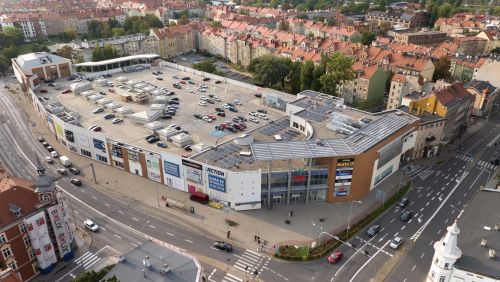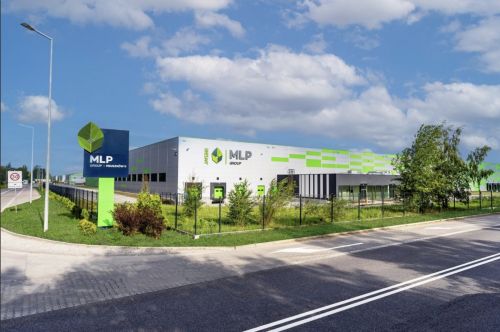Over the past year, a number of quite significant changes on the land investment market have taken place. According to Daniel Puchalski, the managing partner and co-founder of real estate investment advisory Immo Lab, last year began with a wave of optimism and enthusiasm. However: “The outbreak of the war in Ukraine cooled the investment frenzy and investors returned to the plans they had before it started. Most of these plans have been changed and a large number of businesses have held back from further investment or limited their activities when it came to new purchases or launching construction projects,” he points out.
These sentiments are echoed by Damian Woźniak, the land development director at Ghelamco Poland: “The war in Ukraine introduced an element of uncertainty to the market, but this in itself didn’t have a direct impact on the price of land. However, the current economic situation is definitely having an effect, through the slowdown in Poland&r































































